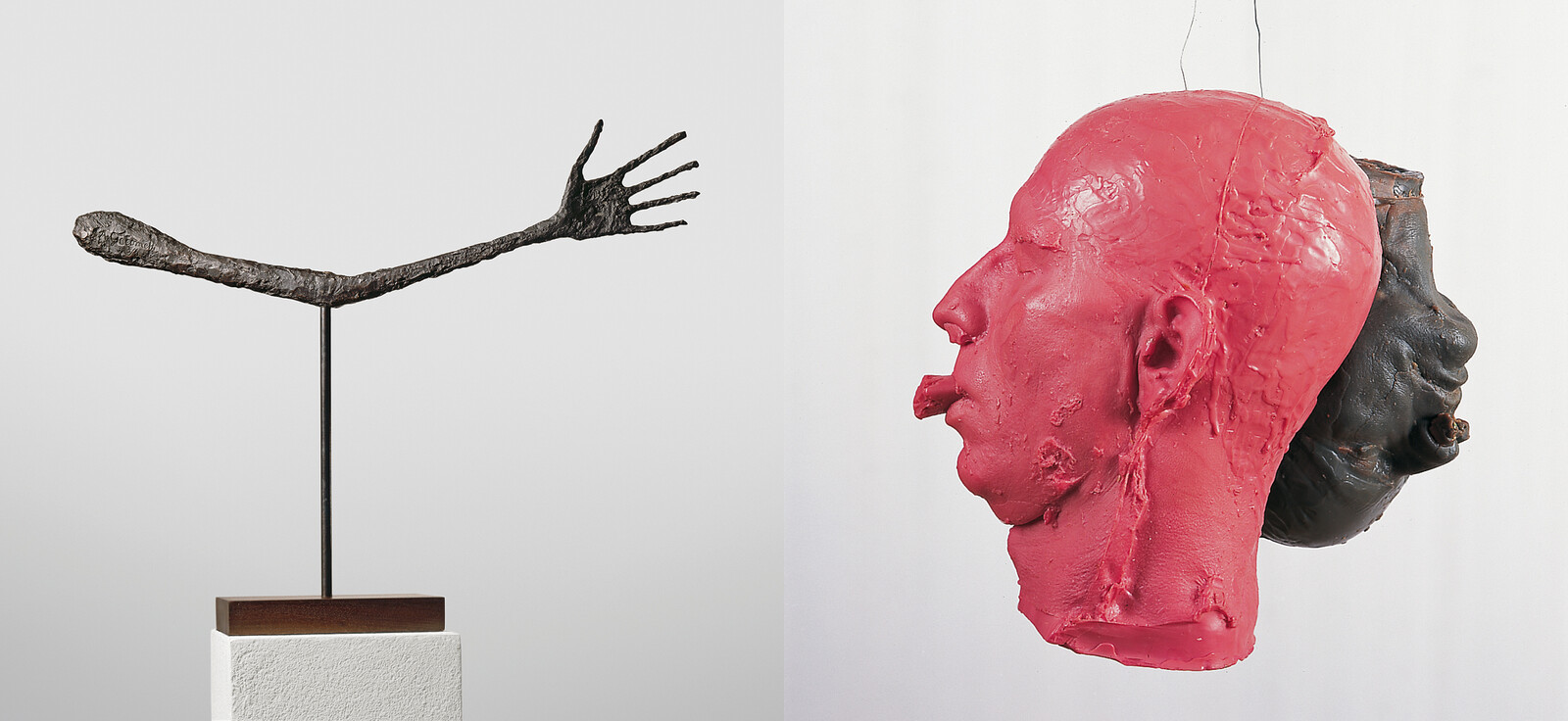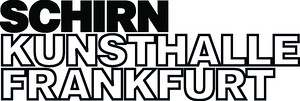October 28, 2016–January 22, 2017
Römerberg
60311 Frankfurt am Main
Germany
T +49 69 2998820
welcome@schirn.de
www.schirn-mag.com
www.schirn.de/digitorial
Facebook / Twitter / YouTube / Instagram / Pinterest / #GIACOMETTINAUMAN / #Schirn
The Schirn Kunsthalle Frankfurt is presenting a major exhibition of works by Alberto Giacometti and Bruce Nauman. The show brings together two artists from different generations with totally different backgrounds. Giacometti (1901–1966) is regarded as one of the most important classical modern European sculptors. Nauman (*1941) and his multifaceted oeuvre represent the radical upheavals in contemporary art since 1960 and a concept of sculpture liberated from traditional concepts. Featuring some 70 works in all, this is the first exhibition ever devoted to both, Giacometti and Nauman. Sculptures and paintings by the Swiss artist engage in a fascinating dialogue with videos, sculptures, drawings, photographs, and spatial installations by the US multimedia artist.
Dr. Philipp Demandt, Director of the Schirn, explains: “At first glance, this juxtaposition by all means seems rather bold—considering the different contexts from which Alberto Giacometti and Bruce Nauman come. Based on the works themselves, however, this encounter evolves into an unexpected and fascinating dialogue: Giacometti regains his original radicalism, and Nauman can be rediscovered as an outstanding sculptor. The exhibition at the Schirn is most of all a gain for visitors, because it opens up a completely fresh perspective on the thoroughly researched and frequently exhibited oeuvres of two outstanding exponents of modern and contemporary art.”
Giacometti is represented by works from nearly all of his important creative phases, Nauman primarily by his early oeuvre from the 1960s and early 1970s, which followed immediately on the heels of Giacometti’s works. Although the two artists never met and never referred explicitly to each other, they have a great deal in common. Both revolutionized the concepts and traditions of sculpture from the perspective of their respective times—Giacometti during the first half of the 20th century, and Nauman from the 1960s to the present. Both are regarded as individualists who worked consistently from a position of self-imposed isolation and loneliness that has left an indelible imprint on their uncompromising art. Both represent utterly radical artistic standpoints, and both have created works of shocking immediacy that pose lasting challenges for viewers.
“Although sculpture plays a leading role in the oeuvres of both Giacometti and Nauman, the two artists have little in common in terms of media, materials, or ‘style.’ More closely related are the strategies they employ in the use of artistic resources, their tendency to reduce representation to the point of disappearance, and their constant striving to approach emptiness and nothingness—as well as the questions they raise within the context of their investigations into the relationship between the figure and surrounding space or of the body and its parts,” explains exhibition curator Esther Schlicht.
Giacometti and Nauman have ventured with their oeuvres into uncharted regions of art and perception. Their search for artistic truth is a quest, the outcome of which is often manifested in the creative process itself rather than in finished works. The two artists have elevated failure, the absurd, the fragmentary, and the unheroic to the status of essential elements of their art. The art of both Giacometti and Nauman revolves around the human being. Giacometti was concerned consistently and almost exclusively with the human figure in his sculptures and paintings, and he developed an original human image of his own with his unmistakable style of figuration, especially during the years after 1945. Bruce Nauman’s work during the 1960s and 1970s was focused above all on the human body (primarily his own), which he took as the point of departure for an investigation into fundamental questions about human nature and the conditions governing human existence.
The exhibition is accompanied by a comprehensive catalog in English and German language, which has been published by Snoeck. Edited by Esther Schlicht, foreword by Philipp Demandt and essays by Esther Schlicht, Gaby Hartel, Thierry Dufrêne, and Robert Storr.
Director: Dr. Philipp Demandt
Curator: Esther Schlicht
Press contact: Pamela Rohde (Head of Press/Public Relations):
presse [at] schirn.de / T (+49 69) 29 98 82 148
Press material: www.schirn.de (texts, images, and films for download under PRESS)


